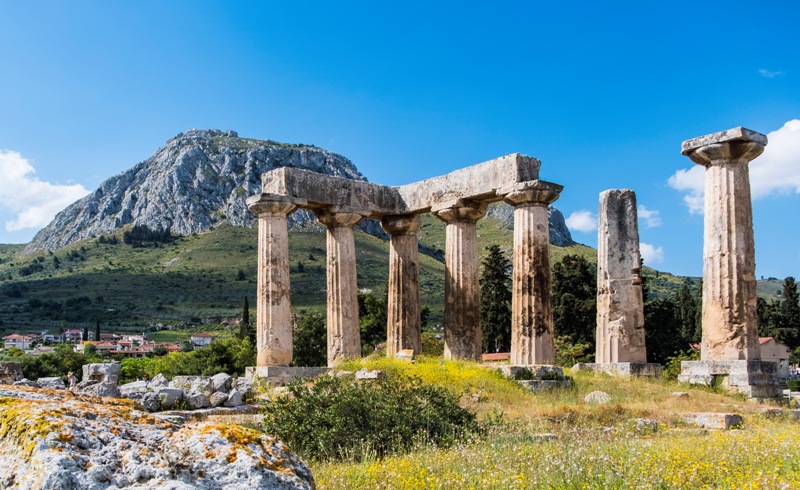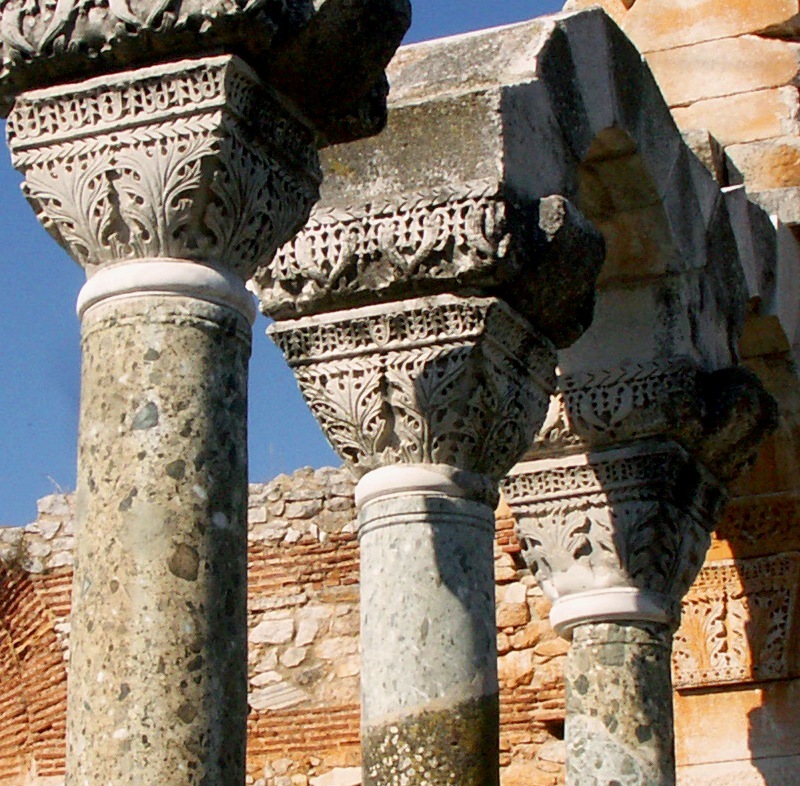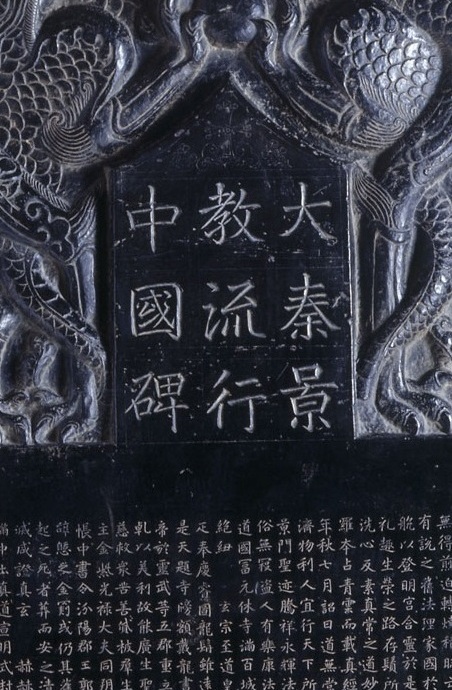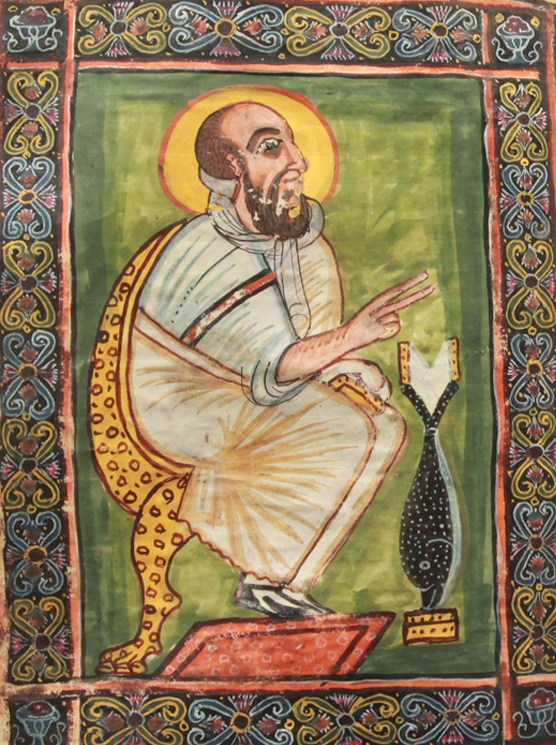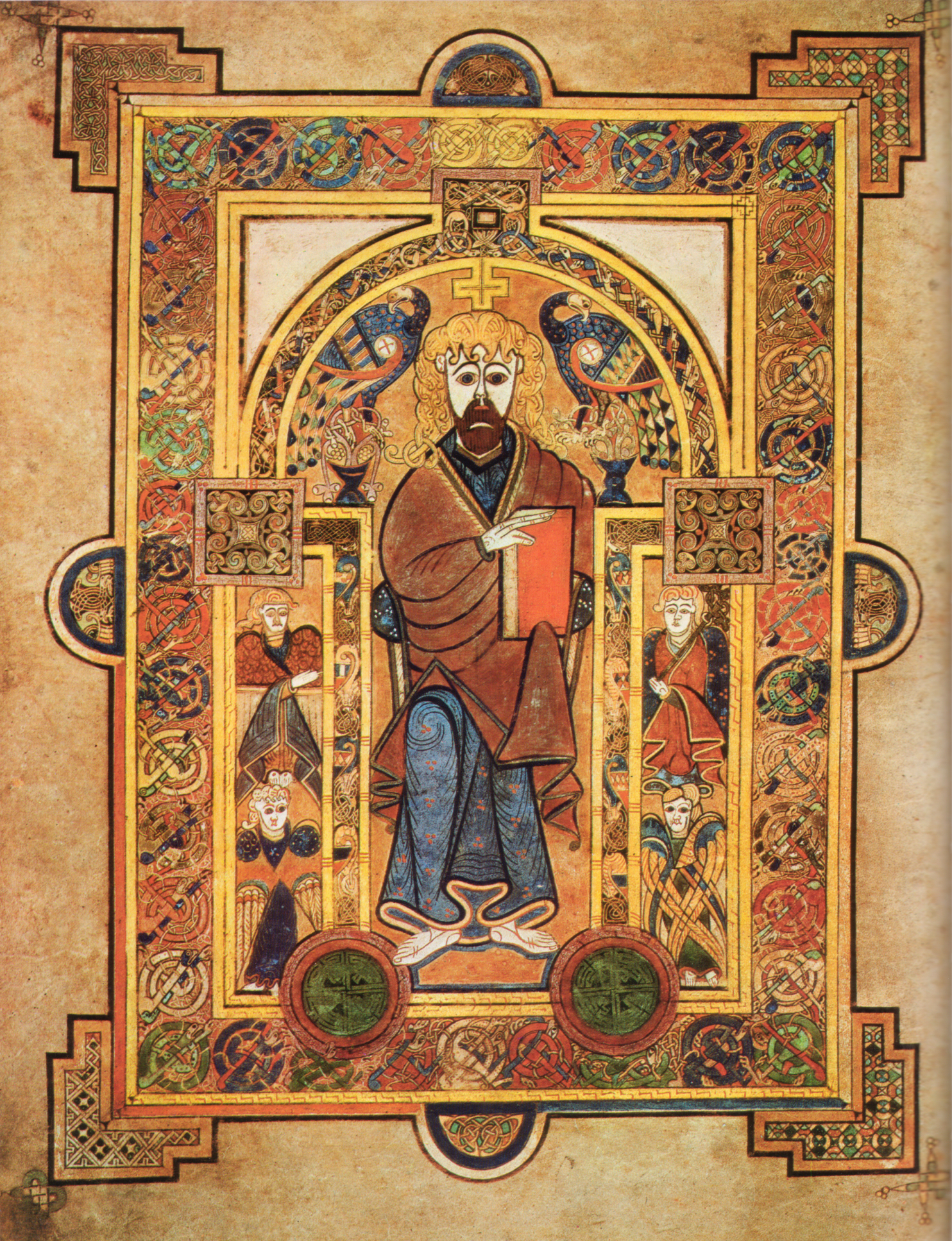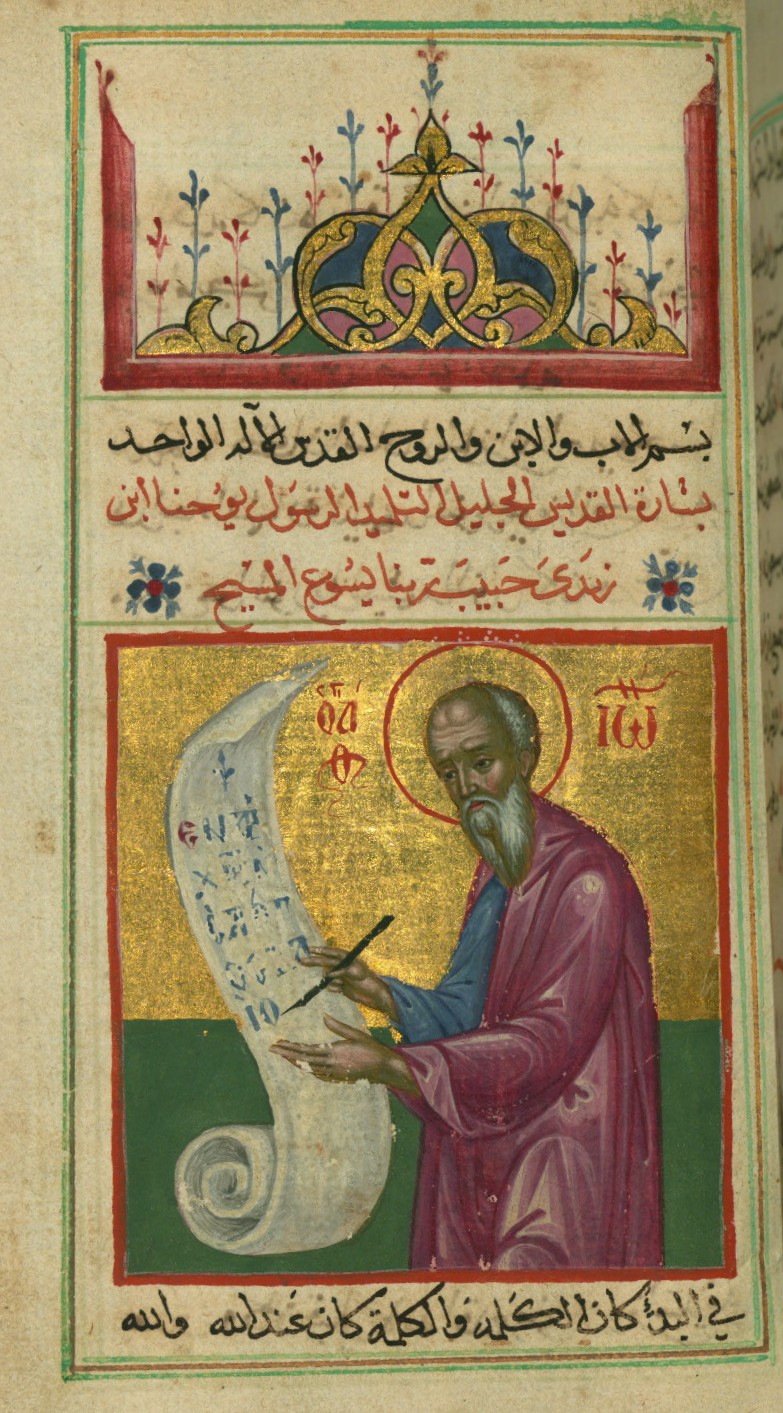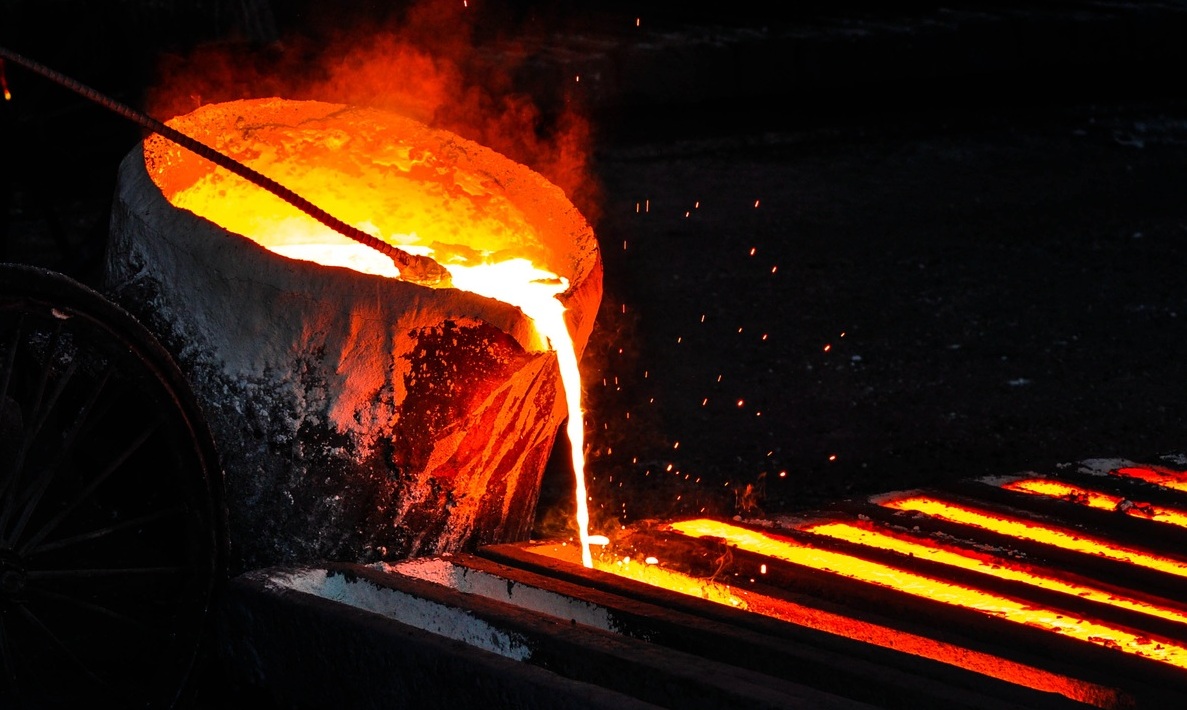Paul’s Letters to Timothy, Titus, and Philemon
Bible Studies, Messages, Papers
Photograph: Fresco in the Catacombs of Priscilla, in Rome, displaying seven elders celebrating communion. Priscilla is one of them, with her husband Aquila, suggesting that from the earliest period of the Roman church, a woman was in formal leadership as an elder. This corroborates an understanding of 1 Corinthians 11 where both women and men had teaching and prophetic authority (v.2 - 16), and the ability to administer the eucharist as well (v.17 - 32). Theologian T.F. Torrance discusses the significance of this fresco in his article The Ministry of Women. Photo credit: Unknown | Wikimedia.
Below are messages, small group leader notes, and exegetical notes on 1 and 2 Timothy, Titus, and Philemon.
Notes and Essays on 1 and 2 Timothy, Titus, Philemon
Christian Leaders, Sin, and Restoration: Reflections on 1 Timothy and Titus
This paper explores why character requirements for Christian leadership are important for the person and the community; why sinning as a leader is different from sinning as a member, because of power dynamics; and how restoration after sin and removal from leadership might happen.
Christian Leaders, Sin, and Restoration: Reflections on 1 Timothy and Titus
This puts the material in the paper above into the format of seven devotional reflections.
This argument for the entirety of 1 Timothy being a chiasm means that the "widows" of ch.5 correspond to the "elders" of ch.3. The paper also discusses the meaning of the Greek word authentein in 2:12 versus the standard Greek word for legitimate and proper authority, exousia. The entirety of 1 Timothy is shown to support women in church leadership and preaching-teaching authority.
Women in Church Leadership: A Few Notes on 1 Timothy 2 - 3 and Beyond
An excerpt from a letter on how the grammar and literary allusions within 1 Timothy 2 - 3 support the position that Paul affirmed women in church leadership.
Women in Church Leadership part 1 and part 2
Slides of a presentation examining the key biblical passages.
Women in Church Leadership and Biblical Translation
A short letter response to a friend who asked about issues present in Bible translation.
Women Speaking Authoritatively in the Worship Service in 1 Corinthians 11
Exegetical and small group leader notes on 1 Corinthians 11:2 - 16, which has implications for 1 Timothy 2:12. Paul indicates that women and men preaching and praying was a standard practice in the earliest congregations. It was established before Paul. This means that the embodied practice of headship including women preaching authoritatively. I argue that this unique Christian worship context controlled the meaning of the word head (Greek kephale). It is therefore a mistake for Protestants to claim 'sola Scriptura' in such a way that scholars look for the meaning of kephale from the Septuagint Old Testament of the Greek usage outside the New Testament. That method does not account for the hermeneutical priority of 1 Corinthians 11.
Whose Family? Which Union? Reflections on Scripture, Human Sexuality and God's Purposes
A paper summarizing the five Letters to a Gay Friend. This is an exegetical and pastoral paper examining biblical passages that are important in the discussion about what God’s vision for human sexuality is: Genesis 1 - 2; Leviticus 18 and 20; Matthew 19; Romans 1; 1 Corinthians 6 - 7; 1 Timothy 1. Ultimately, we have to look at the the nature of human desire in general, as a gift from God to move us towards extending ourselves towards Him and others. However, we are called to submit our desires to Jesus, who demonstrated the normative human emotions and desires.
Slavery in Christianity, Part 1: Slavery in the Bible, Slavery Today
Research and slides which explores the Old Testament, then the New Testament. It looks at what the Hebrew "ebed" service meant in context, and then what Greek "duolos" meant and how the New Testament understood the various ways people could enter servitude. It uses a sociological approach, exploring different ways in to becoming an “ebed” or “duolos,” what rights and responsibilities those roles had, and how one could leave and/or escape.
Other Resources on Paul’s Pastoral Letters
Gordon Hugenberger, Women in Church Office: Hermeneutics or Exegesis? A Survey of Approaches to 1 Tim 2:8 - 15 (Journal of Evangelical Theology Society, Sep 1992)
N.T. Wright, Paul and His Letter to Philemon (lectures, Aug 2003) very helpful comparison with Pliny the Younger's letter to Sabinianus
Gordon Hugenberger, Women in Leadership (Park Street Church website, Apr 14, 2008) short summary of his longer paper
Roger Olsen, Confessions of an Egalitarian Complementarian (Patheos, Mar 4, 2015)
Marg Mowczko, The Heresy of the Ephesian Church (Marg Mowczko blog, Apr 17, 2013) diagnosis of gnostic tendencies
Marg Mowczko, Chastity, Salvation, and 1 Timothy 2:15 (Marg Mowczko blog, Jan 27, 2016) important citations of the over-emphasis on chastity, and the growing Neoplatonic view of the body-soul
Bob and Helga, 1 Timothy 2:12 Not About "Authority" (Equality Workbook, Jan 7, 2017) lists uses of "authenteo" outside the New Testament
Marg Mowczko, Were There Women Elders in the New Testament Churches? The Imprecise Use of "Elders" (Marg Mowczko blog, Jan 21, 2017)


